Top-rated strobe lights for taking photos in a studio and outdoors.
I’ve been working as a photographer for almost 10 years now, and 80% of my photoshoots happen in a studio, which is why I understand how finding the best strobe lights for photography can completely transform the quality of your pictures.
I want to share my hand-picked list of the top strobe lights that I tested personally and evaluated based on their power, flash duration, consistency/color temperature, recycle time, flexibility/modifiers support, sturdiness/unit quality, portability/size, synchronization options/compatibility, cost/value, and UI/controls.
In my case, I employ strobe lights because of the level of control they introduce over the lighting of a scene. They are especially useful when I’m taking photos of a moving subject and need to ensure their motion is captured without any blur, which can be particularly tricky if the studio I’m working in isn’t well-lit and a regular flash won’t do the trick.
Nowadays, the cost of models for beginners starts at $100, whereas the price of the best strobes for photography used by professionals starts at $1,000.
When I started learning what strobes are, I felt rather overwhelmed by the abundance of characteristics, models, and abbreviations. It was especially difficult to figure out which characteristics are the most relevant for my specific situation. Over time, I found that the most important factors to account for when picking a strobe light for photography are:
Flash duration. If you need to capture a fast-moving object, while shooting with a strobe light, I highly recommend considering a model with a fast flash. Consider options that offer a value of 1/2,000th of a second or higher. Slower lights will be useless when shooting dynamic photos.
Color temperature. The best strobe lights for photography have a color temperature ranging between 4800k and 5200k. To provide even greater consistency, many modern DSLRs allow adjusting the expected color temperature.
Budget. Your budget greatly affects the rank of strobes and other photography equipment that you can afford. When thinking about the amount you can spend on a studio lighting kit, remember that it shouldn’t be lower than the average price.
A decent strobe will cost you about $300-400, and more sophisticated models are even more expensive. We recommend not saving money on purchasing a good flash, as it is likely to pay off in the long run. If you are on a tight budget, consider buying a DIY photo lighting.
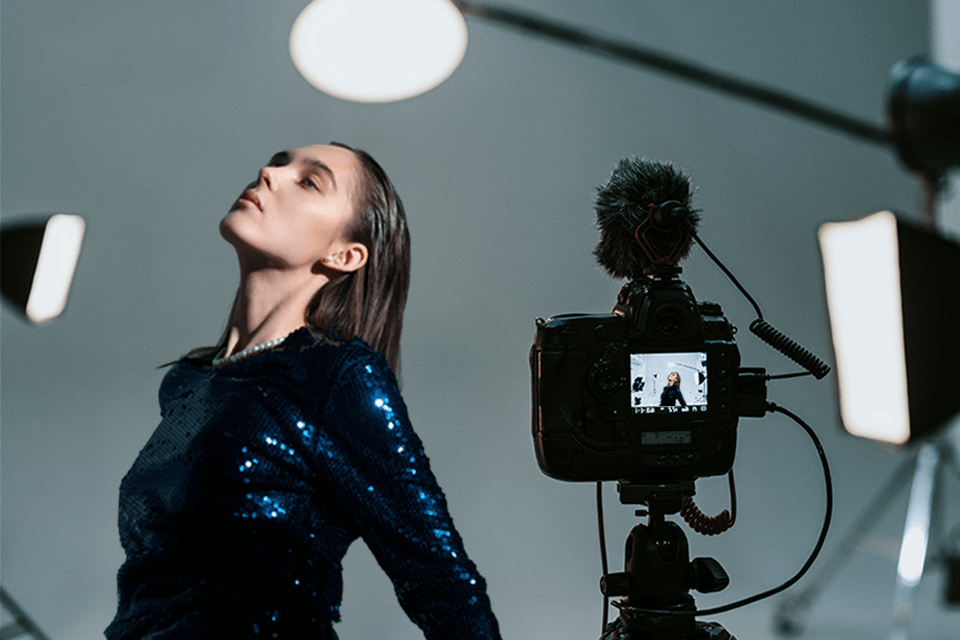
Power. If you work in a spacious studio, you need to buy a strobe light with high power intensity, so that you can stick to smaller lens apertures and achieve the optimal depth of field. Product lighting techniques are greatly dependent on a proper DOF, so keep this in mind if you regularly take product photos. If you own or work in a small studio, the power of the strobe light is of less importance.
Compatibility. Some manufacturers design strobe lights that can be only paired with accessories from their brand. This limits the selection of light modifiers you can add to your toolkit, so make sure to buy a versatile model.
Type of mount. Check whether a strobe light has holes, cords, and mounts for all sorts of accessories that you are going to complement it with.
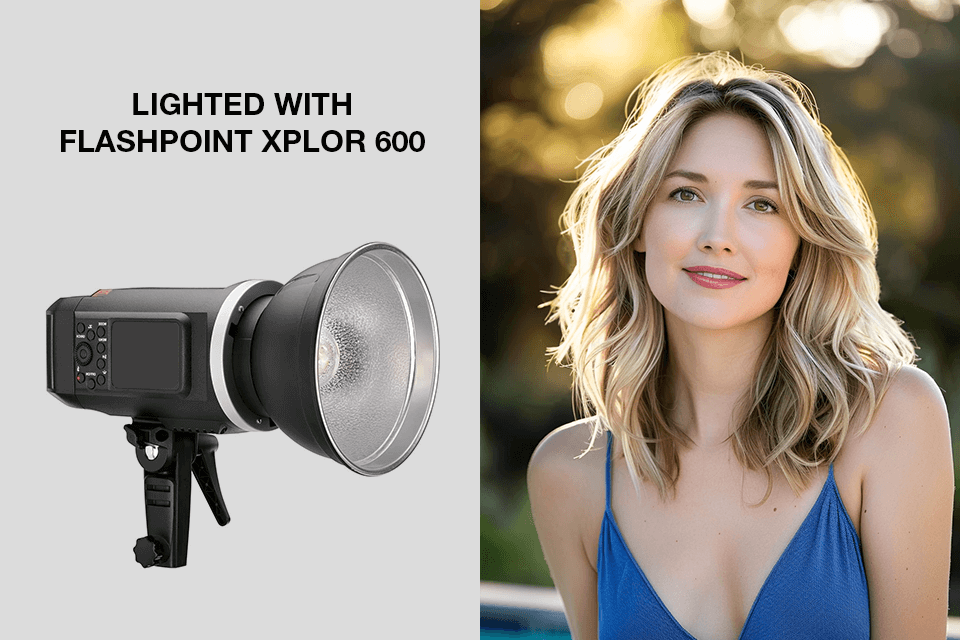
Dimensions: 8.7 x 5 x 9.7 inches | Weight: 5.86 pounds | Flash Duration: 1/1000s-1/10000s | Color Temperature: 5600±200k
For me, this is the best strobe light for photography for those who shoot both indoors and outdoors and need gear that can deliver sufficient lighting in both cases. It’s energy-efficient and comes with TTL wireless control, ensuring smooth operation when used with cameras for night photography. Additionally, Flashpoint XPLOR 600 is powered by a long-lasting battery. With a fully charged battery, it can produce 450 full-power flashes.
I can also confidently state that the recycling time is another strong point of this model. It ranges from 0.01 to 2.5 seconds. The only drawback of this option is that even though it offers a convenient design and streamlined interface, learning how to take advantage of all of its features and settings still took me quite a lot of time.
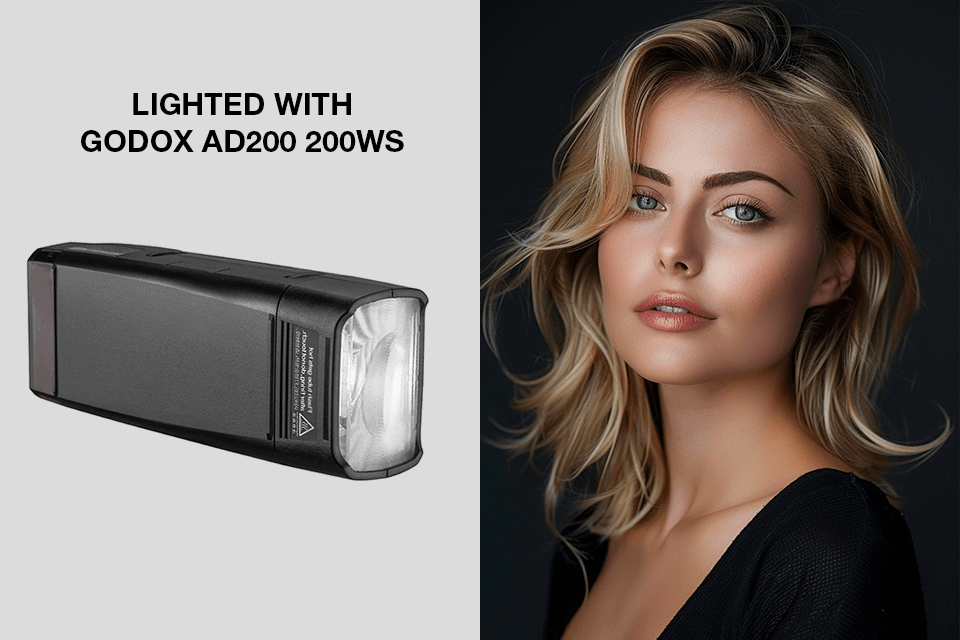
Dimensions: 10 x 7.5 x 3.9 inches | Weight: 4.63 pounds | Flash Duration: 1/2000-1/800S | Color Temperature: 5600±200k
Those looking for small, lightweight gear will definitely like this option. First of all, I would like to highlight the TTL feature, which ensures compatibility with such popular camera brands as Canon, Nikon, and Sony.
Another aspect I like about this model is that the Godox AD200 comes with an interchangeable flash head, so I can switch between a photo light bulb head and the Speedlight-styled Fresnel head with ease. There is also a 2.4G wireless control system, which is capable of producing an impressive number of full-power flashes during the entire photo session.
However, I noticed that even the best portable strobe lights for photography like this one don’t offer powerful enough batteries to last for an entire long photoshoot if you keep them on high-power settings. Whenever I decide to use this light, I always bring a couple of spare batteries with me to ensure it doesn’t abruptly die on me.
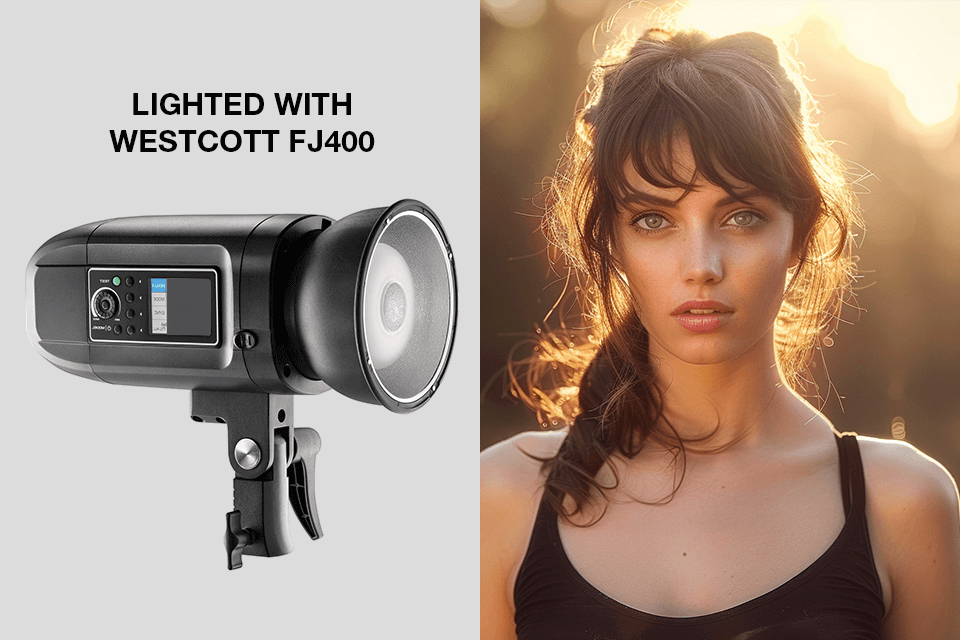
Dimensions: 12.95 x 11.55 x 7.15 inches | Weight: 5.4 pounds | Flash Duration: 1/1000s-1/19000s | Color Temperature: 5500±150k
Westcott is famous for its precision and the FJ400 probably delivers the most accurate color temperatures among all the strobes I’ve used during my career as a photographer. Honestly, I was pleasantly shocked when I saw how this strobe manages to produce continuous flashes when using its burst mode which offers a speed of 20 FPS. This model is quite powerful and has allowed me to capture a sequence of shots of a dog catching the bone. Keep in mind, that one battery charge is enough for making 480 flashes.
However, even though the FJ400 supports different modifiers and accessories, some photographers (me included) have experienced compatibility problems when trying to pair it with certain third-party gear and camera systems. I’m using my Canon EOS R10 and that is an issue since the Westcott FJ400 employs a Bowens S-Type mount for connecting modifiers.
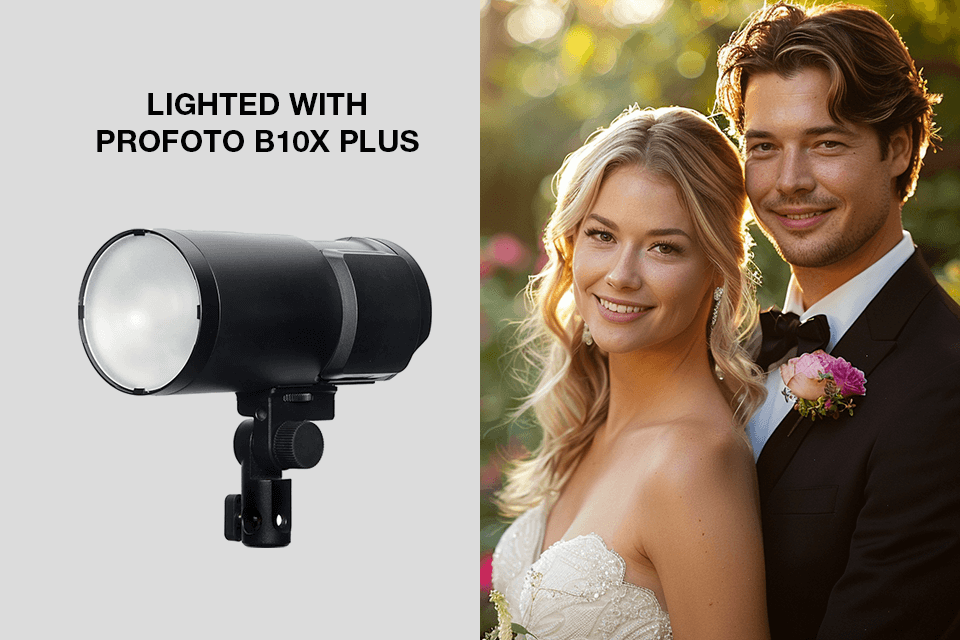
Dimensions: 6.9 x 4.5 x 4.5 inches | Weight: 4.2 pounds | Flash Duration: 1/50,000s - 1/1,600s | Color Temperature: 5,600 K (daylight balanced)
This is the first premium strobe model on my list and it’s probably the best strobe light for outdoor photography. As a professional photographer, I’m constantly looking for gear that combines portability, power, and dependability. The Profoto B10X Plus matches all of those criteria, satisfying all my shooting needs both in the studio and when I’m on the road. Its compact size and lightweight build make it perfect for transportation and handling, making it easy for me to adapt to all kinds of shooting conditions.
Thanks to the fast flash duration, I can capture objects in motion, which gives me more flexibility when shooting dynamic scenes. I particularly appreciate the light's consistent color temperature which ensures accurate and natural lighting for my photos. Even though its price might seem intimidating, I think the Profoto B10X Plus is worth every dollar you’ll spend on it, offering the perfect balance between quality and functionality.
Similar to how it is with most premium products, you’ll have to purchase various accessories like modifiers and remote controls separately.
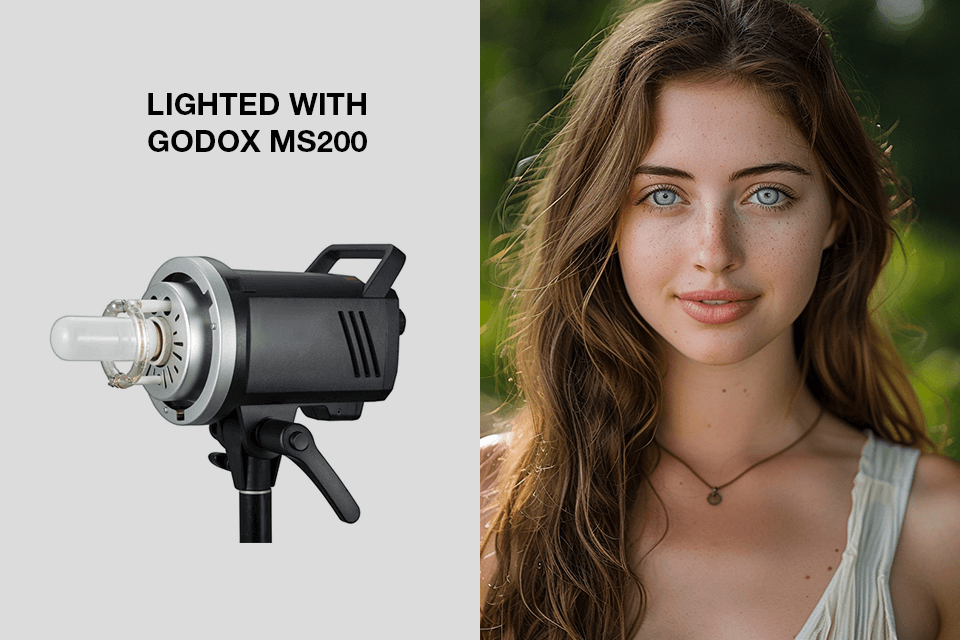
Dimensions: 12.52 x 10.43 x 7.91 inches | Weight: 10.95 pounds | Flash Duration: 1/2000s-1/800s | Color Temperature: 5600±200k
The Godox MS200 Monolight is a pro-level strobe light aimed at users who value stable performance above everything else. Other benefits of this model include the 5600K color temperature, super fast recycle time (0.1-1.8 seconds), and speedy flash duration (1/2000 seconds). This model is also suitable for outdoor photoshoots, allowing you to experiment with more unconventional product photography ideas.
I also liked MS200’s convenient interface and the integrated 32-channel radio system that allows you to control the light wirelessly using compatible triggers. However, I need to admit that the quality of some parts of this model leaves much to be desired. Even though the MS200 is generally sturdy, its build isn’t as robust as some of the more expensive strobes you’ll find on this list, which can cause some problems in the long run.
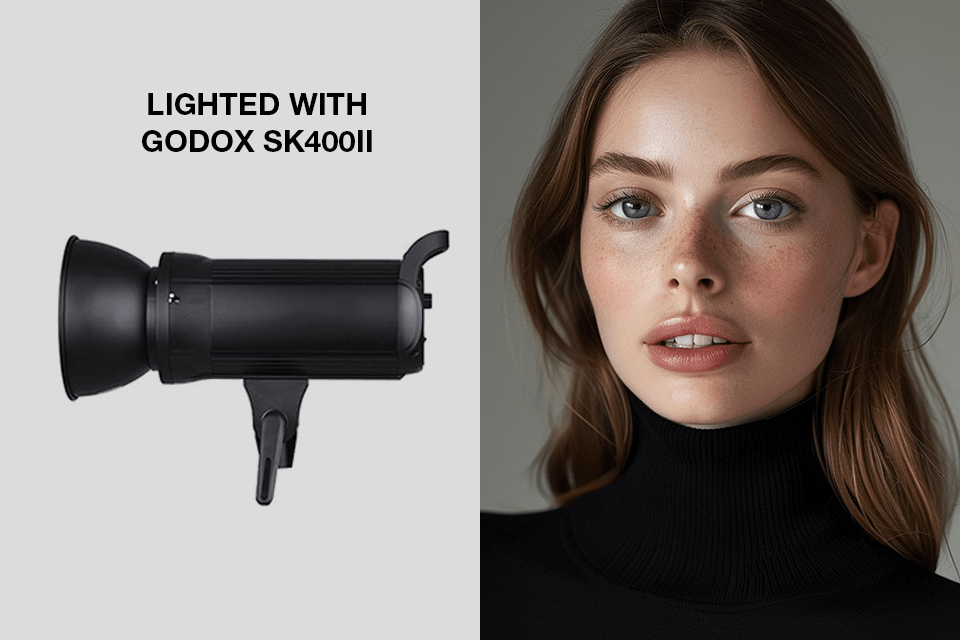
Dimensions: 17 x 10 x 10 inches | Weight: 1 pounds | Flash Duration: 1/2000s to 1/800s | Color Temperature: 5600±200k
First off, it has a max power of 400W and a quick recycle period. This model caught my eye with its compact design that turned out to be a perfect addition to my e-commerce kit. I often use it for my lifestyle and portrait photo shoots.
The integrated fan ensures the light doesn’t overheat, prolonging its service life. In terms of drawbacks, I think that this strobe light lacks the durability of some of the more expensive models, which can be an issue if you plan to use it in challenging environments or won’t be able to transport it safely when on the road.
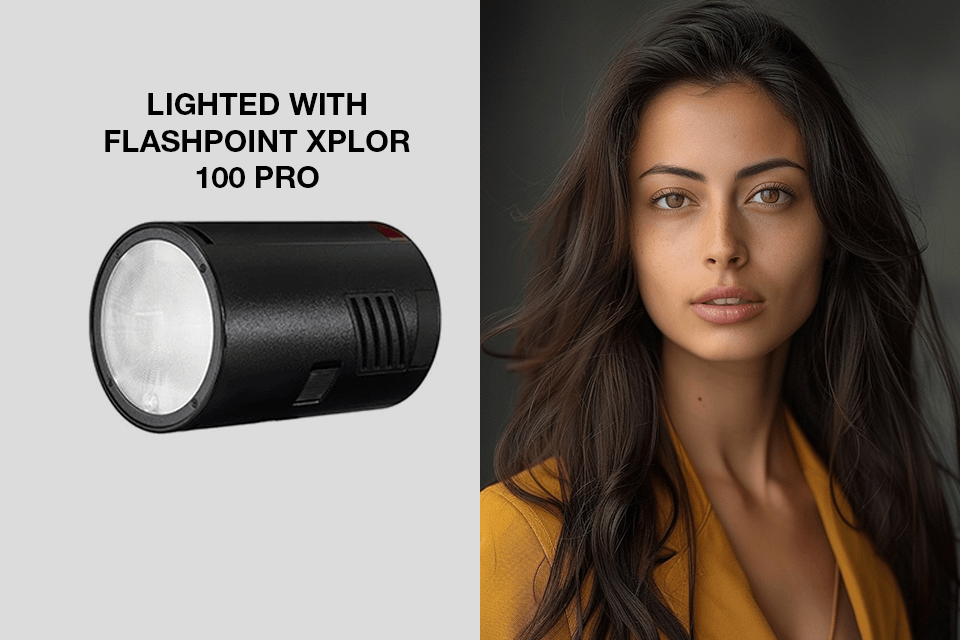
Dimensions: 4.7 x 3 x 3 inches | Weight: 1.2 pounds | Flash Duration: 1/2000s to 1/800s | Color Temperature: 5800±200k
First of all, this model has a compact and easy-to-carry body that resembles the shape of a can. Another advantage of the XPLOR 100 PRO is that it can be easily attached to the magnetic AK-R1 accessory kit. When paired with the S2 bracket, this flash is compatible with a wide variety of Bowen-mount modifiers.
While I think XPLOR 100 Pro is one of the best budget strobe lights for photography, it still has several noticeable weaknesses. For instance, despite offering terrific portability, the light’s battery isn’t durable enough for lengthy photoshoots, particularly when setting it to high power values. I always need to bring a set of extra batteries to ensure these strobe lights last me for the entire session.
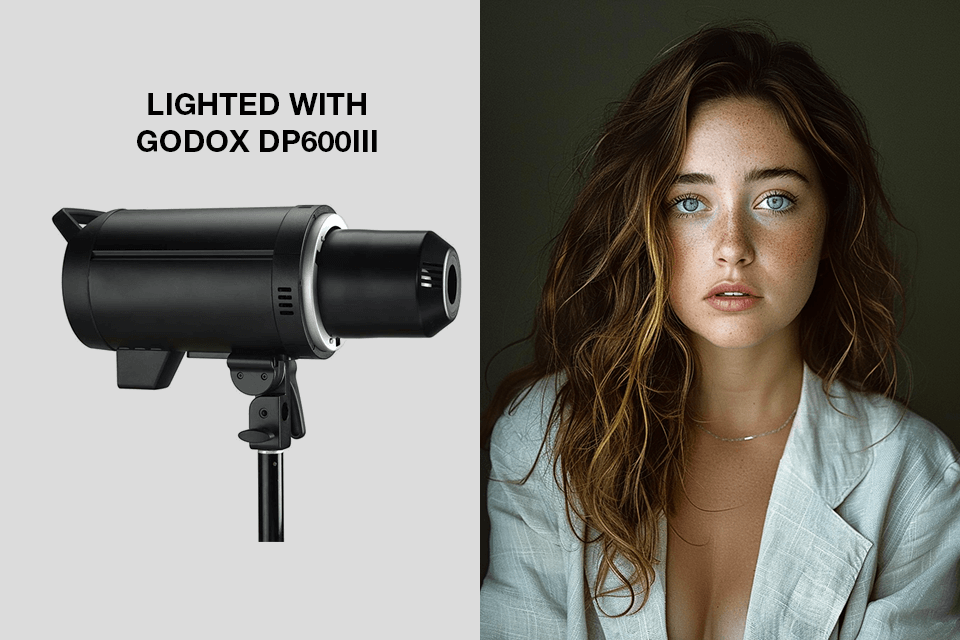
Dimensions: 15 x 11 x 8.5 inches | Weight: 9.28 pounds | Flash Duration: 1/2000-1/800 | Color Temperature: 5600±200k
This 600W moonlight strobe impressed me with the provided level of control over the color temperature. By setting the flash to the desired power percentage I want the strobe to produce, I can achieve more accurate results. However, I had to purchase a separate transmitter to manage the strobe remotely.
I would also like to note that the Godox DP600III monoblock has a built-in Godox 2.4G X receiver, thanks to which the flash can synchronize over radio channels with a frequency of 2.4GHz. The main drawback is that this model is mostly only compatible with Godox accessories and modifiers so if you have gear from other brands, you probably won’t be able to use it. The build of this strobe light also isn’t as refined as some of the high-end models, meaning it requires delicate care if you want to use it for a long time.
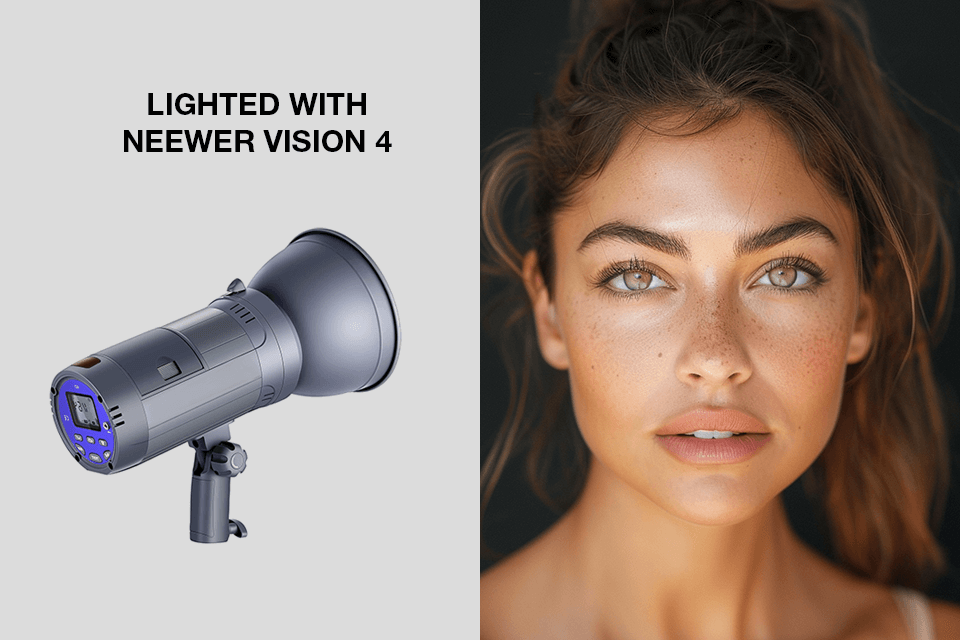
Dimensions: 19.8 x 11.5 x 8.5 inches | Weight: 7.45 pounds | Flash Duration: 1/1000s - 1/10000s | Color Temperature: 5600±200k
This flash has an output of 300W and that is enough for most of the lighting scenarios I encounter. This model produces 700 flashes without recharging, which may be enough for the entire photo shoot. The recycle time ranges from 0.04 to 2.5 seconds, which is a great speed considering the price.
I would also like to praise the shooting process. Using these strobes is extremely convenient thanks to the availability of a built-in receiver for remote control and synchronization with virtually any camera. There’s also a handy hot shoe. The only drawback to keep in mind is the lack of TTL functionality. Thus, you need to master all manual settings as quickly as possible.
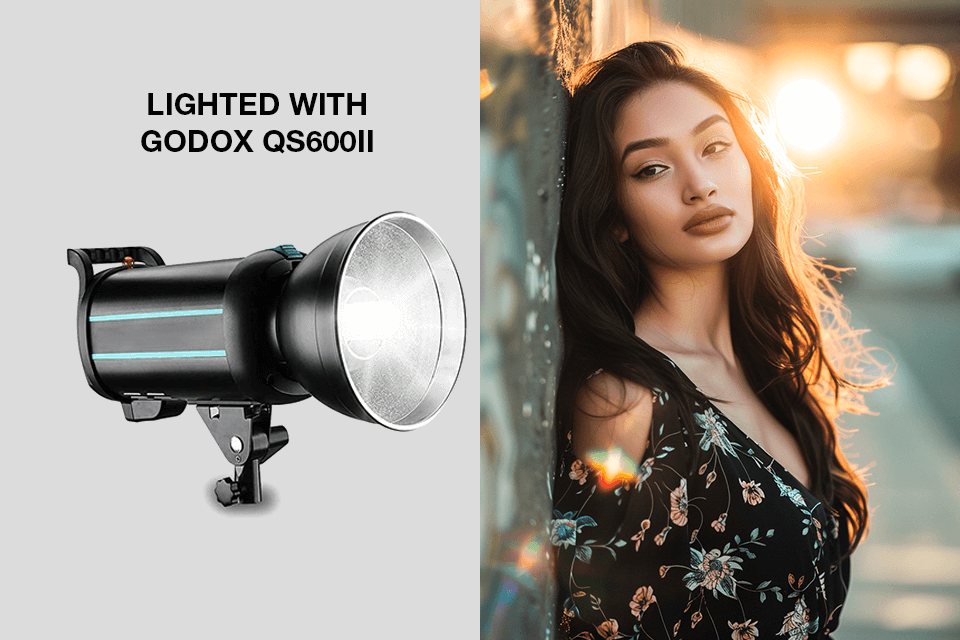
Dimensions: 18.7 x 11 x 8.6 inches | Weight: 10.2 pounds | Flash Duration: 1/2000-1/800 | Color Temperature: 5600±200k
The Godox QSII is better than the first-generation model in many aspects. It has an exquisite design and a great variety of functions. This model is probably one of the best strobe lights I used for wedding, portrait, and fashion photoshoots. It has a Bowens mount, which allows me to use it with a vast majority of light-shaping accessories available on the market today (softboxes, reflectors, tubes, etc.)
The only noteworthy drawback is the heat that builds up in the QS600II during lengthy photoshoots. Overheating can hurt the performance and decrease the long-term durability of this strobe light, meaning you need to let it cool down regularly to avoid this problem.
I prepared a table that will help you compare all the models reviewed above based on durability, recycle time, portability, compatibility, and price. Each factor can have a rating of high, moderate, or limited, allowing you to easily perceive the pros and cons of every strobe light.
| Model | Durability | Recycle Time | Portability | Compatibility | Price |
|---|---|---|---|---|---|
|
High |
Fast |
Portable |
Versatile |
High |
|
|
Moderate |
Moderate |
Compact |
Versatile |
Moderate |
|
|
High |
Moderate |
Moderate |
Limited |
High |
|
|
High |
Fast |
Portable |
Versatile |
Premium |
|
|
Moderate |
Fast |
Bulky |
Limited |
Budget |
|
|
Moderate |
Fast |
Bulky |
Limited |
Budget |
|
|
Moderate |
Fast |
Portable |
Limited |
Budget |
|
|
Moderate |
Fast |
Bulky |
Limited |
Moderate |
|
|
Moderate |
Fast |
Moderate |
Limited |
Budget |
|
|
Moderate |
Fast |
Bulky |
Limited |
Budget |
They are designed to produce a brief burst of light. A strobe light emits brighter illumination and is more powerful than the traditional flash. Additionally, its light burst is much shorter. The biggest strengths of strobe lights are their reliability and fast recycle times.
It is advisable to direct the strobe light forward. The distance from the studio light to the housing should be equal to the distance from the lens to the subject. For instance, for underwater photography, such a placement allows creating a "dark zone" between the camera and the lens.
The majority of studio lights range from 300 watts up to 800 watts and even more. Your task is to choose a strobe that offers complete control over the wattage output to manage the amount of the required power.
Most photographers are satisfied with four strobe lights, including a key light (for illuminating the subject), a fill light (for adding a bit of fill to get rid of unwanted shadows), a hair light, and a background light.
Photographers prefer strobe lights because they produce more illumination, have a quicker recycle time, and offer a built-in modeling light for training. However, speedlights are more versatile, have a more compact design, and can produce almost the same effects.
Strobe lighting is often chosen by photographers because it’s more practical. The advantage of continuous lighting is that it lets you see the result before taking the picture. However, it isn’t as energy-efficient and is prone to overheating. Continuous lighting can also make it uncomfortable for a model to pose in front of it.